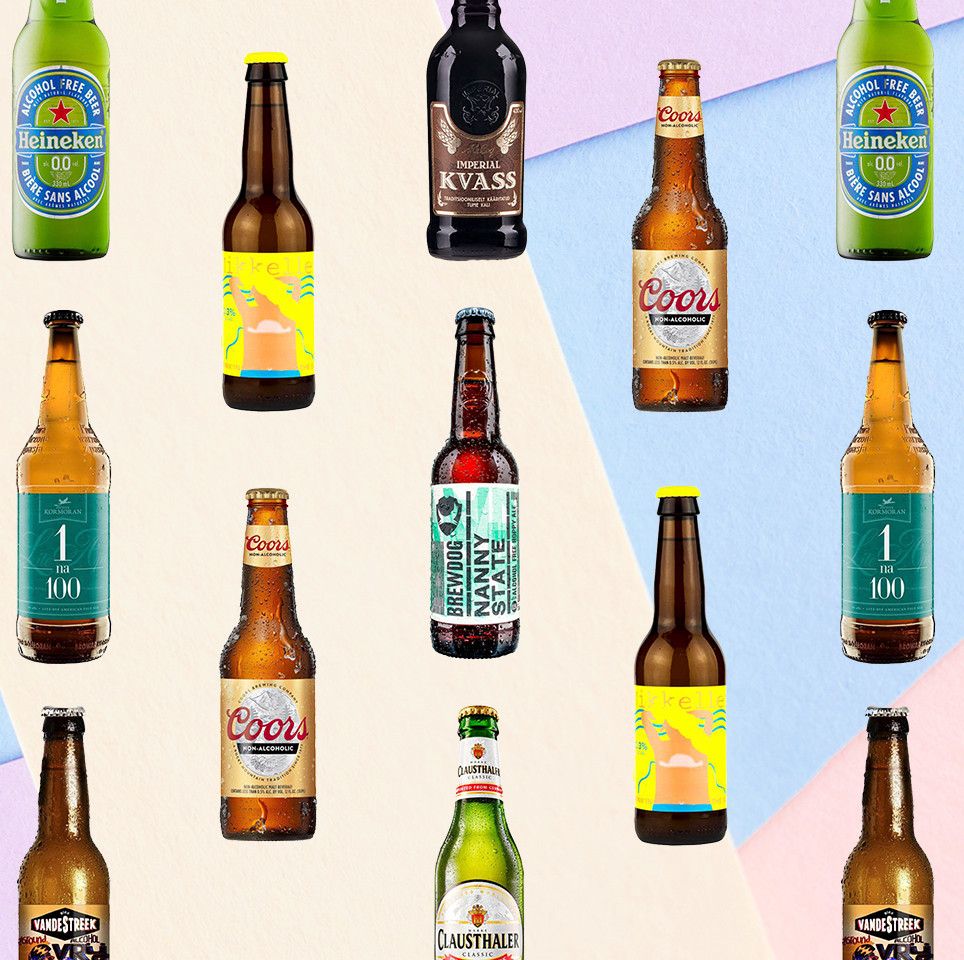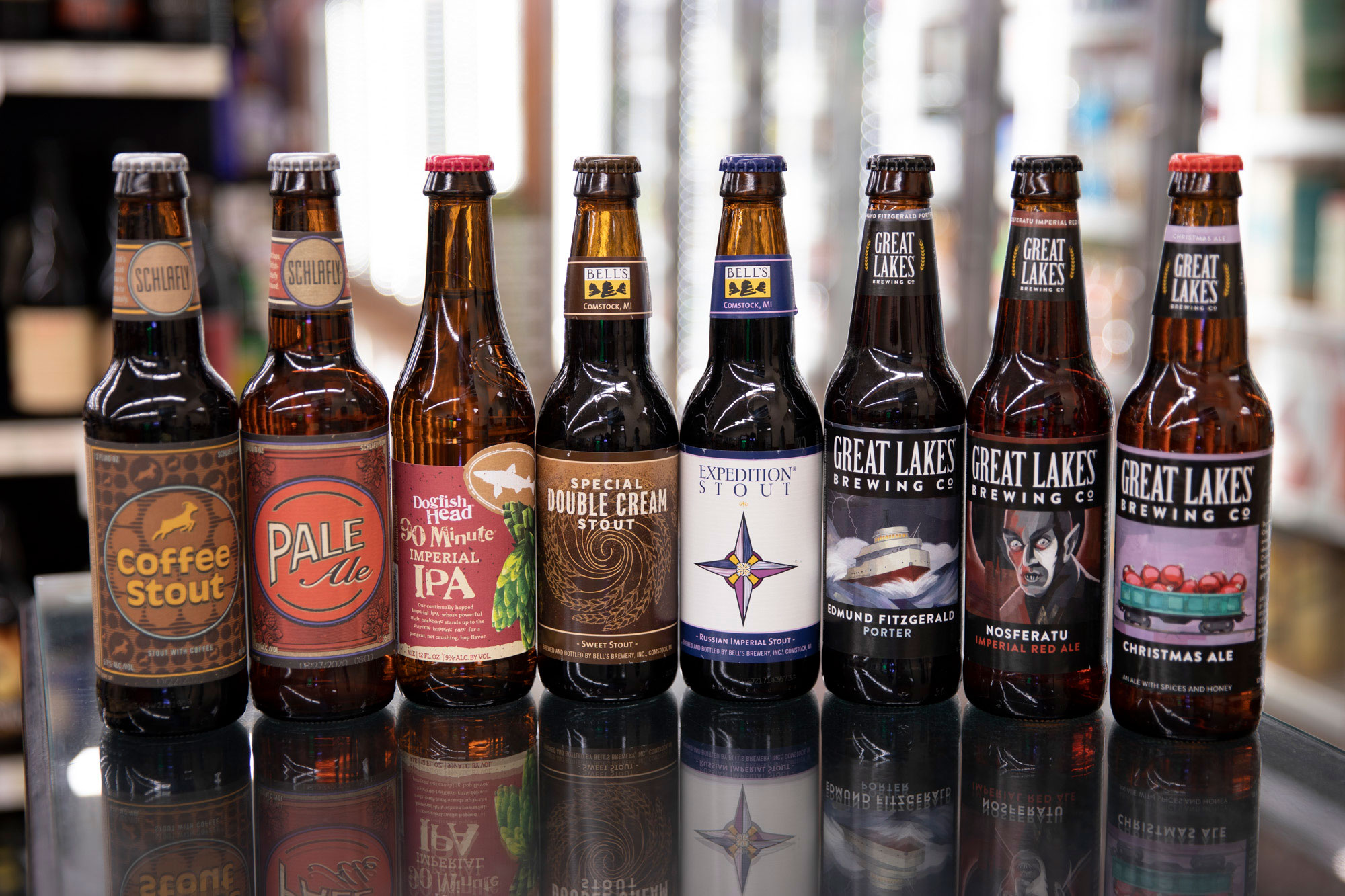Mastering the Craft of Purification: a Deep Dive Into Distillery Traditions
Checking out the intricate art of purification unveils a globe steeped in time-honored traditions that have actually shaped the spirits we delight in today. From the ancient origins of distillation techniques to the contemporary advancement of distillery devices, each action in the process lugs with it an abundant tapestry of background and know-how. As we explore the fragile equilibrium of modern versus traditional distilling methods and discover the value of key active ingredients, a deeper understanding arises of the extensive influence distillery customs carry the spirits we savor.
Origins of Purification Strategies
The advancement of distillation techniques has an abundant history that traces back to ancient civilizations. The idea of dividing elements based on their various boiling points laid the structure for the advanced purification processes we have today.
The earliest evidence of purification days back to around 3000 BC in Mesopotamia, where clay pots were utilized to boil down fragrances and aromatic oils. The Egyptians further progressed these techniques, utilizing purification for medicinal purposes and embalming techniques. The Greeks, especially numbers like Aristotle and Hippocrates, added to the theoretical understanding of distillation.
Gradually, distillation spread to regions like India, China, and the Middle East, each culture including its unique touch to the craft. The development of purification methods proceeded via the Center Ages and the Renaissance, at some point leading to the diverse variety of distillation procedures used in modern-day distilleries worldwide.
Evolution of Distillery Tools

With improvements in modern technology and a much deeper understanding of the distillation process, modern-day distilleries now utilize a range of sophisticated devices to produce spirits of the finest. Today, distillation devices includes column stills, reflux stills, and hybrid stills, each made to provide to details distillation requirements. These modern-day stills offer better temperature guideline, enhanced distillation precision, and better performance in dividing alcohol from impurities.
Along with stills, distilleries currently make use of advanced condensers, fermenters, and purification systems to further improve the extract. The advancement of distillery tools continues to play an essential duty in forming the varied variety of spirits offered out there today.
Traditional Vs. Modern Distilling Practices
In checking out distilling methods, the contrast between traditional and modern-day techniques discloses substantial advancements in performance and quality. Typical distilling techniques frequently include time-honored strategies passed down with generations, highlighting workmanship and workmanship (Distillery in Galveston). These techniques generally rely upon copper pot stills and manual procedures that call for a high degree of ability and experience from the distillers. On the other hand, contemporary distilling techniques leverage innovative technology and advancement to improve manufacturing procedures and enhance uniformity. Automated systems, electronic controls, and cutting edge equipment make it possible for contemporary distilleries to generate spirits more effectively and with better accuracy.
While traditional distilling techniques are valued for their heritage and the special flavors they create, modern-day approaches use advantages in terms of scalability, high quality control, and sustainability. By including scientific developments and modern-day design, distillers can maximize production, minimize Full Article waste, and meet the needs these days's market extra effectively. Inevitably, the selection in between modern and standard distilling techniques often depends on the distillery's goals, values, and target market.
Secret Components in Distillation Refine
Within the craft of distillation, the option of vital components plays a crucial function in identifying the taste account navigate to this website and high quality of the spirits produced. The key ingredients utilized in the distillation procedure are typically water, yeast, and a fermentable source such as grains, fruits, or sugarcane.
Water is an essential element as it not only dilutes the alcohol web content to a tasty level however likewise influences the overall mouthfeel and structure of the spirit. The high quality and mineral web content of the water used can substantially influence the last product.
Yeast is an additional vital ingredient that transforms the sugars existing in the fermentable resource into alcohol via the procedure of fermentation. Various pressures of yeast can generate differing tastes and scents, adding to the distinct features of the spirit.

Effect of Distillery Traditions on Spirits
The impact of longstanding distillery practices on spirits expands beyond the option of crucial ingredients, shaping the extremely essence and character of the final distilled products (Seawall Bar). These customs, passed down through generations, play a vital duty in defining the one-of-a-kind preference accounts and qualities that differentiate one spirit from one more
Distillery practices encompass a variety of methods, from the certain techniques made use of in purification to the choice of aging processes utilized. As an example, the use of standard copper pot stills in bourbon manufacturing is believed to present certain flavors and features that are extremely valued by aficionados. The aging of spirits in oak barrels, a practice deeply rooted in distilling practices, adds to the development of complex fragrances and tastes over time.

Conclusion
In final thought, the traditions of distillation have a rich history that has evolved over time. From the beginnings of purification strategies to the modern-day practices, the impact of distillery traditions on spirits is undeniable. By comprehending the essential ingredients in the distillation process and the advancement of distillery tools, one can value the workmanship and creativity that enters into developing high-quality spirits. Distillery practices play a crucial role in shaping the spirits market and maintaining the heritage of distillation methods.
Throughout the history of purification, the tools used in distilleries has undergone significant evolution to enhance performance and top quality of the distillation process.With innovations in technology and a deeper understanding of the distillation process, modern-day distilleries currently utilize a range of advanced tools to produce spirits of the highest high quality. Today, distillation equipment includes column stills, reflux stills, and hybrid stills, each designed to cater to certain purification requirements. From the beginnings of purification methods to the modern techniques, the influence of distillery traditions on spirits is indisputable. Distillery practices play an important duty in shaping the spirits market and protecting the heritage of distillation techniques.